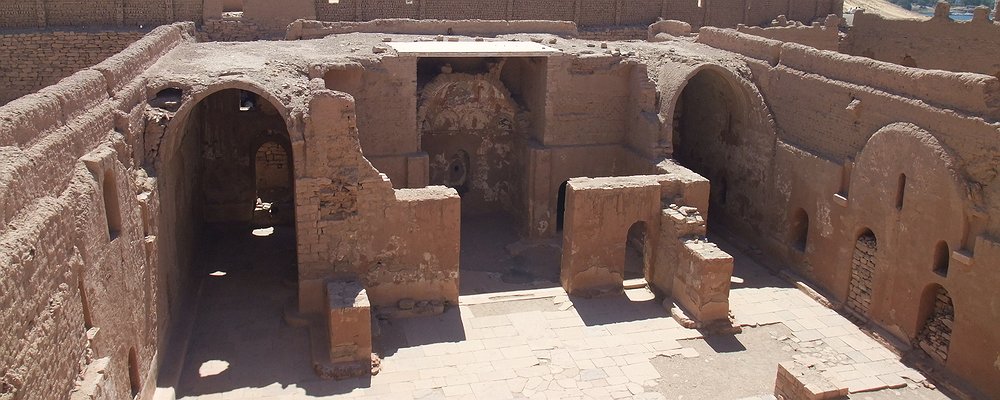Blog

History of the Monastery
The seventh century fortification was initially committed to the fourth century nearby holy person Abba Hedra, who repudiated the world on the day of his wedding. It was modified in the tenth century and devoted to St. Simeon. From here the ministers went into Nubia, in the trust of changing over the Nubians to Christianity, until Salah Din pulverized the religious community in 1173.
Description of the Place
Encompassed by desert sands, Monastery of St. Simeon was based on two levels, the lower level of stone and the upper level of mud block, encompassed by 10 meter (3 foot) high dividers. The basilica has hints of frescoes, and close-by is the chamber where St. Simeon begged with his facial hair attached to the roof in the event that he nodded off. The cells with their mastaba (seat) beds, once gave convenience to around 300 inhabitant ministers and approximately 100 explorers. The keep going room on the right still has graffiti from Muslim travelers who stayed here in transit to Mecca.
The relinquished Monastery of St. Simeon is one of the biggest and best saved Coptic cloisters of all Egypt. The religious community is situated on a slope on the west bank close to the Aga Khan Mausoleum in Aswan and was once possessed by a great many occupants.
The development of the cloister started in the sixth century; however it's trusted that it was not finished until the seventh century. It was initially devoted to Amba Hadra, a cleric of Aswan and a holy person who lived in the fourth century. It is said that Amba Hadra, on the day after his wedding, experienced a memorial service parade which propelled him to experience the remaining years of his life as a loner.
Initially, the religious community had dividers ten meters high and towers which were utilized as post posts against foes. From its point on the highest point of the slope, the ministers could see for kilometers in all headings, and any way to deal with assault the religious community would be tough in delicate sand.
The religious community was remade in the tenth century, however wrecked in 1173 by Saladin, who expected that it may serve as an asylum of Christian Nubians who made invasions into southern Egypt.
These days, the lower level of stone is generally in place, yet the upper level of mud-block has vanished.
Inside the religious community there is a little church where symbols and artistic creations are still noticeable. The dividers are painted with photos of the witnesses and blessed messengers in brilliant hues and Byzantine style.





comments
No comments yet.